Ideation workshop: Bridging theory and practice
Case study by
Max van IJsselmuiden

Role
Workshop facilitator
Challenge
Bridge the gap between academic design theory and practical application while connecting emerging talent to Embrace
Impact
Became regular curriculum component across multiple courses, sparked student creativity, generated meaningful talent connections
Period
2023 - 2025
At Embrace - The Human Cloud, my growth focus had shifted toward the 'human' side of design. Having supervised internships and genuinely enjoyed that mentoring aspect, we identified an opportunity to formalize this interest. We could connect with emerging talent, attracting junior designers, engineers, and product developers.

Through my University of Groningen background, I connected with PhD M.B. Schippers (Coordinator external relations for Artificial Intelligence and Computational Cognitive Science) to discuss supporting her courses. This led to workshop opportunities across multiple programs: Cognitive Ergonomics Practical, User-Centred Design, and Information Science at Groningen.

The blue highlighted sections are the steps the workshop focuses on.
From problem to solution
The idea for an ideation workshop emerged from observing a consistent pattern: students had all the theoretical knowledge and research inputs but couldn't bridge the gap to actual design execution.
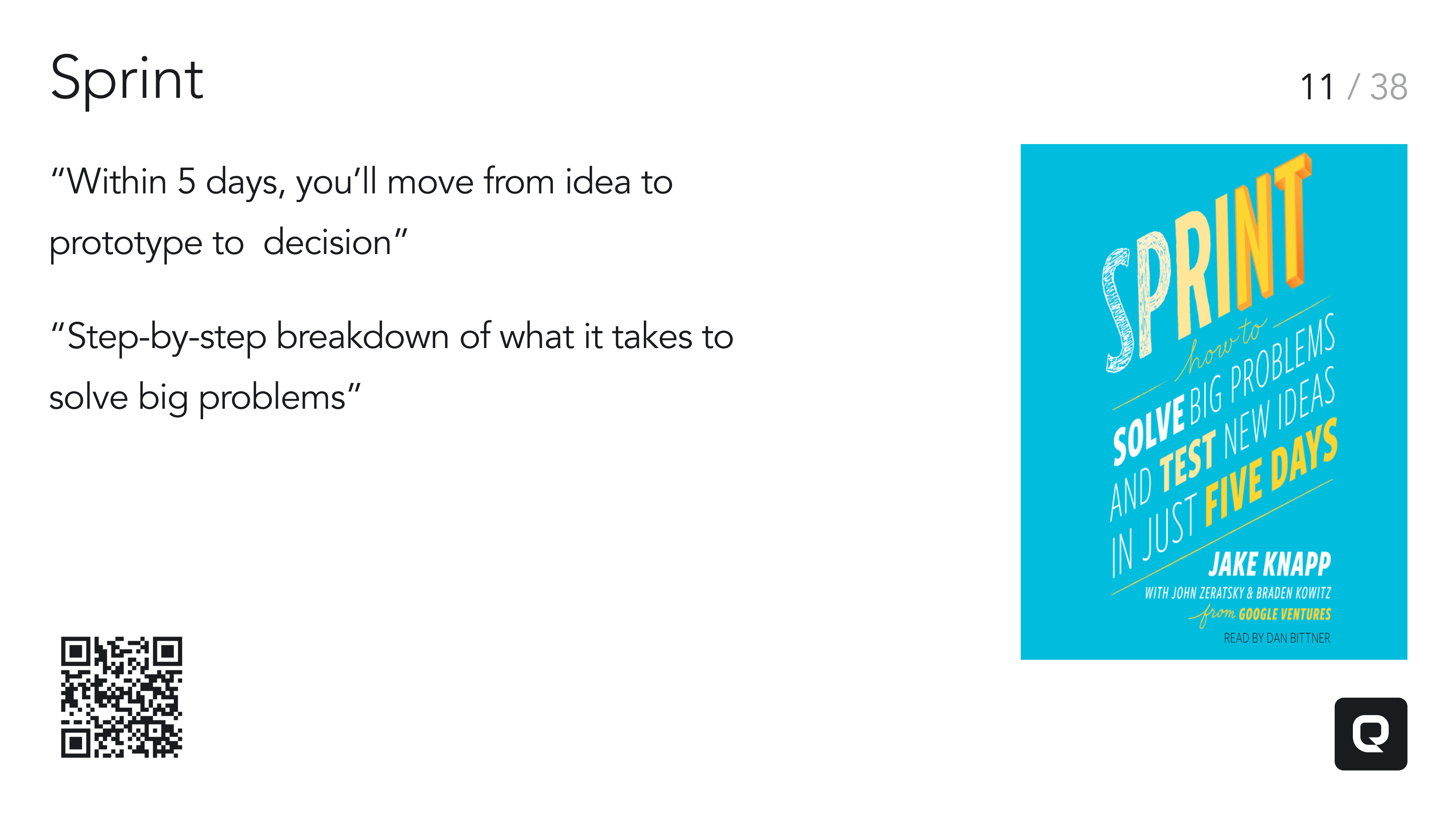
Reference to the ‘Sprint’ method from Jake Knapp.
We drew inspiration from Google Ventures' well-known Sprint methodology, detailed in Jake Knapp's book "Sprint: How to Solve Big Problems and Test New Ideas in Just Five Days." The Sprint process breaks down complex design challenges into systematic phases: mapping the problem, sketching solutions, deciding on direction, prototyping concepts, and testing with users. This framework had proven transformative for countless startups and established companies.
However, the traditional Sprint framework assumes resources most students don't have: five full days, dedicated teams, complete project ownership, and substantial budgets. We realized we could extract the most valuable phases and compress them into a format that worked for academic timelines and group dynamics.
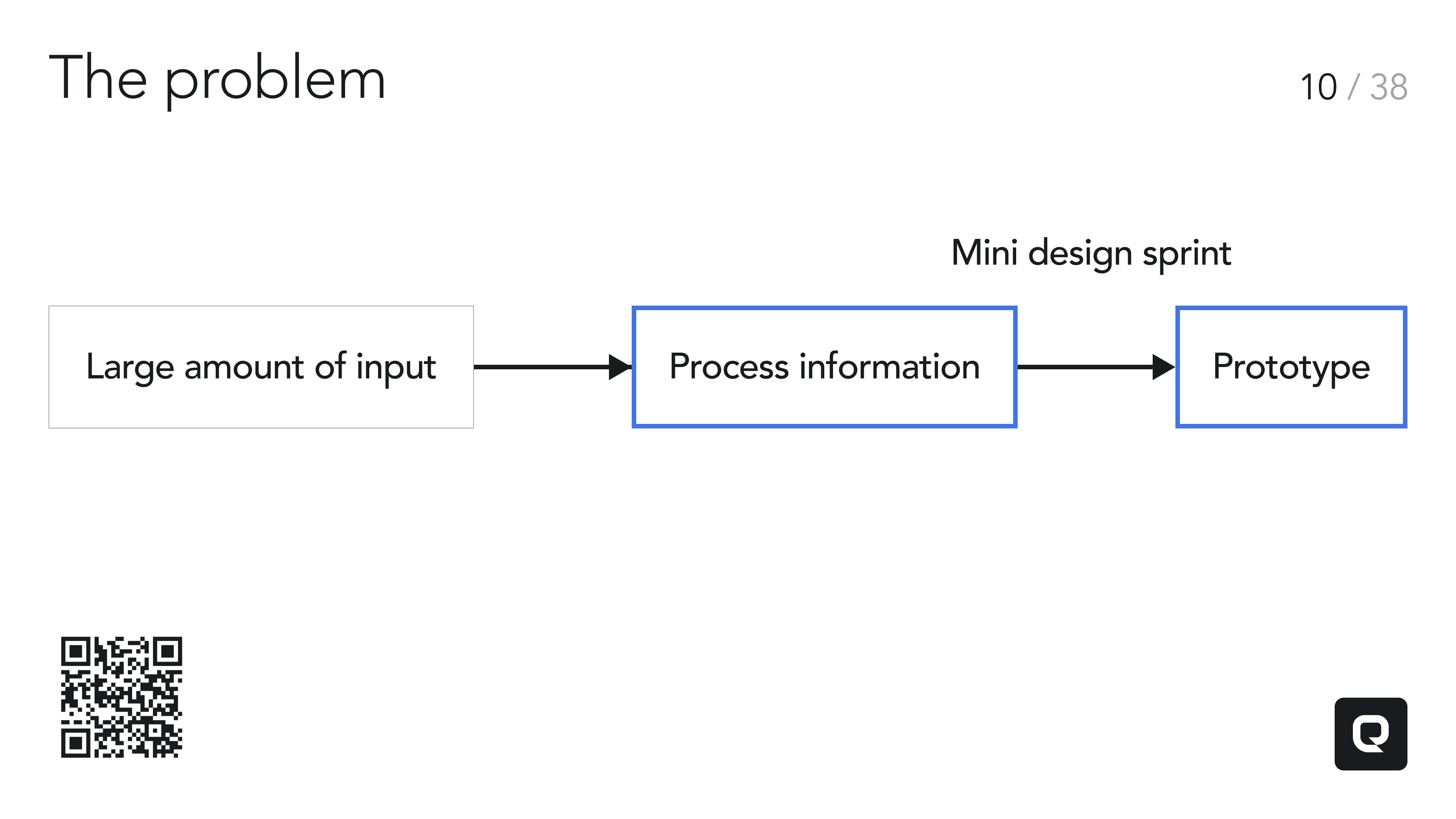
Moving from input to a first prototype.
The fundamental problem
Students consistently struggled with the same challenge: how do you move from information and constraints to actual design? They had requirements, stakeholder interviews, user research—but didn't know how to start designing. The gap between theory and practice was paralyzing them.
Most existing design frameworks assume unlimited time and resources. The traditional Sprint methodology doesn't account for real-world constraints students and designers can face: limited time, small teams, tight budgets.
The mini design sprint
We adapted the Sprint book's methodology to fit academic realities. Where the original process takes five days (map, sketch, decide, prototype, test), our workshop compressed the critical first three phases (map, sketch, decide) into 2-3 hours.
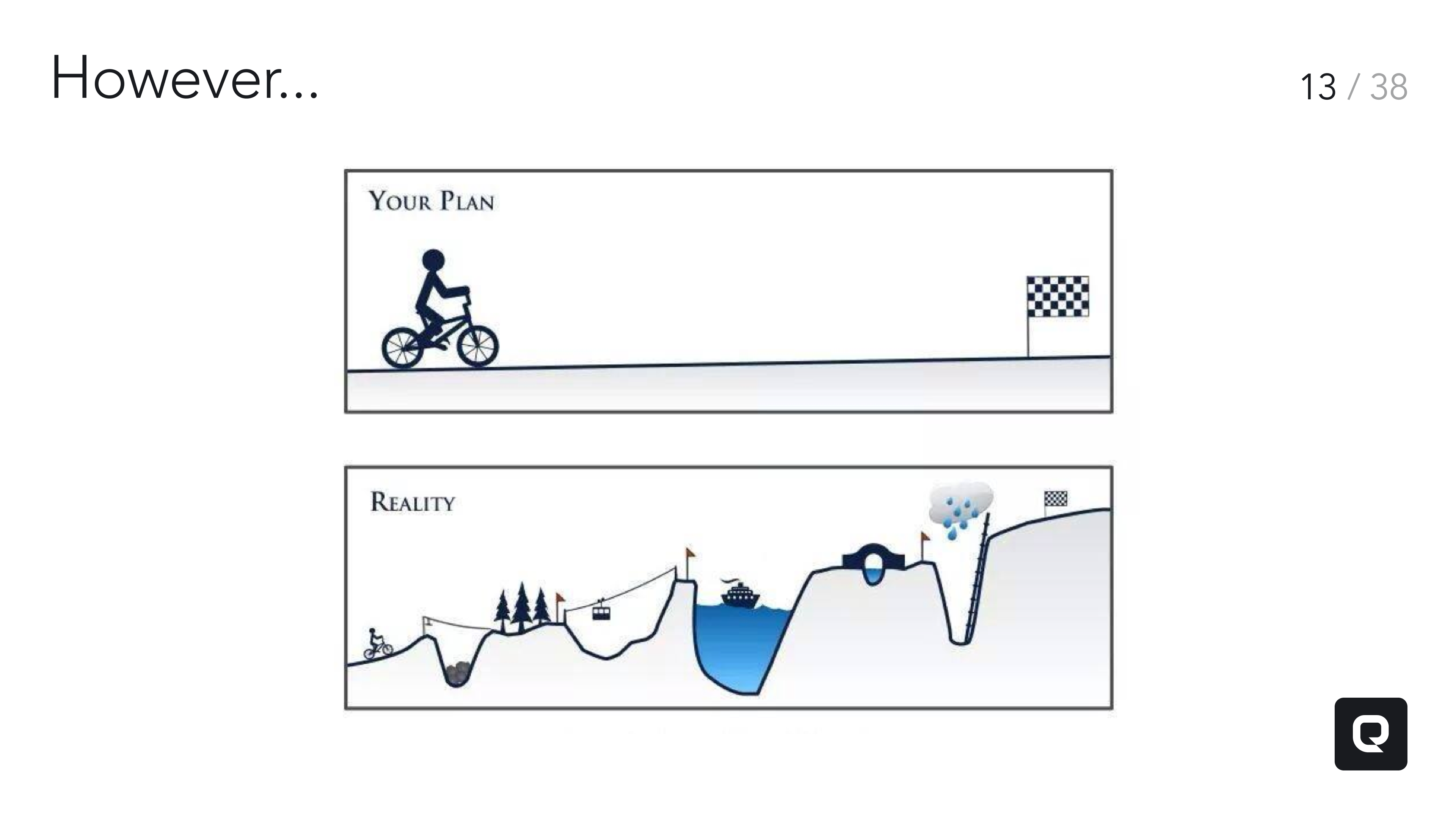
In the ‘real world’ constraints are always very much present.
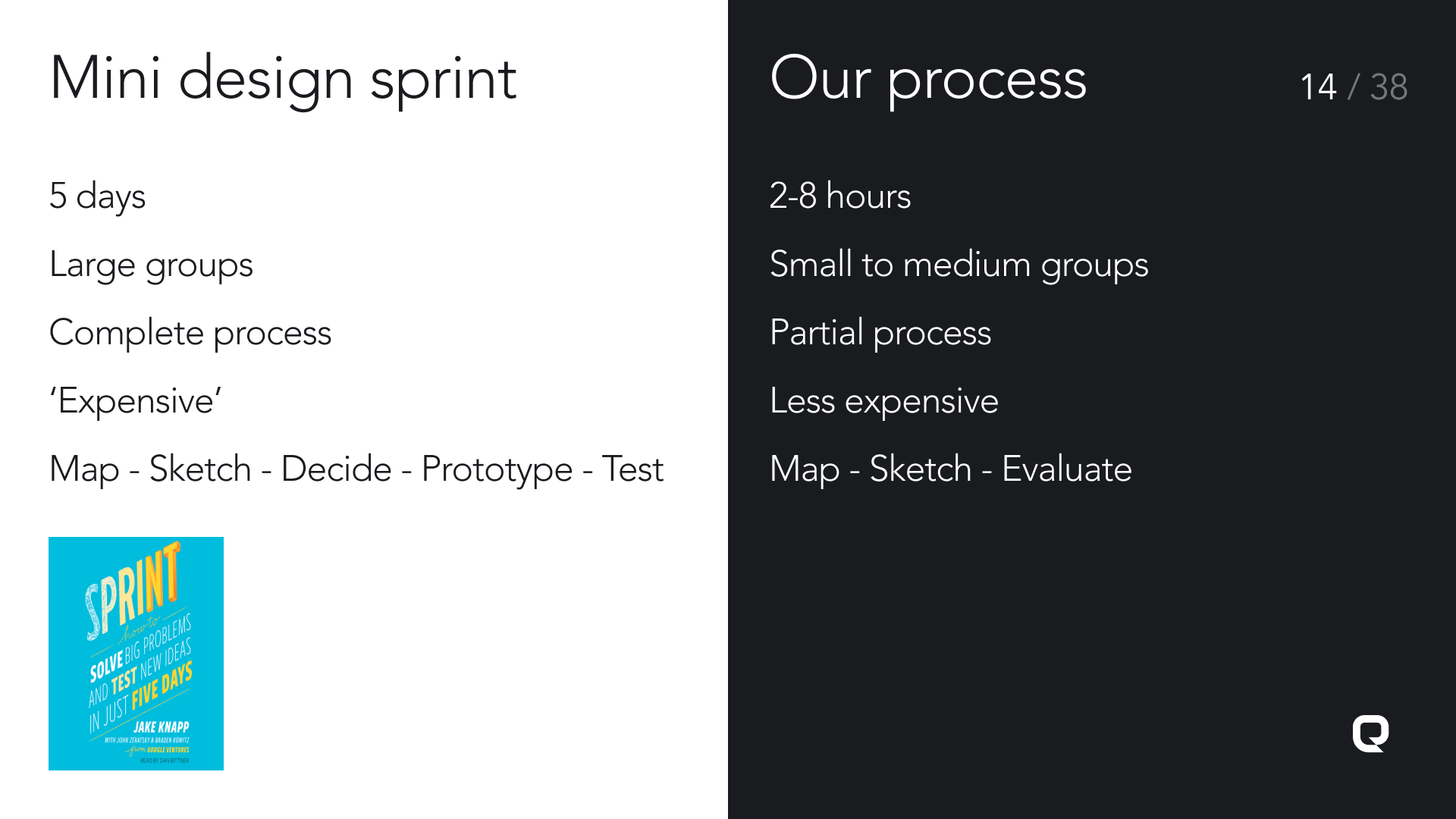
Differences between the design sprint and the adjusted process for the workshop.
The systematic process
Working with 10-40 students divided into small groups, we developed a repeatable methodology:
Grouping (10 minutes)
Students translate requirements into sticky notes in FigJam, organizing them into approximately 5 thematic groups. This forces them to process and categorize their raw input.
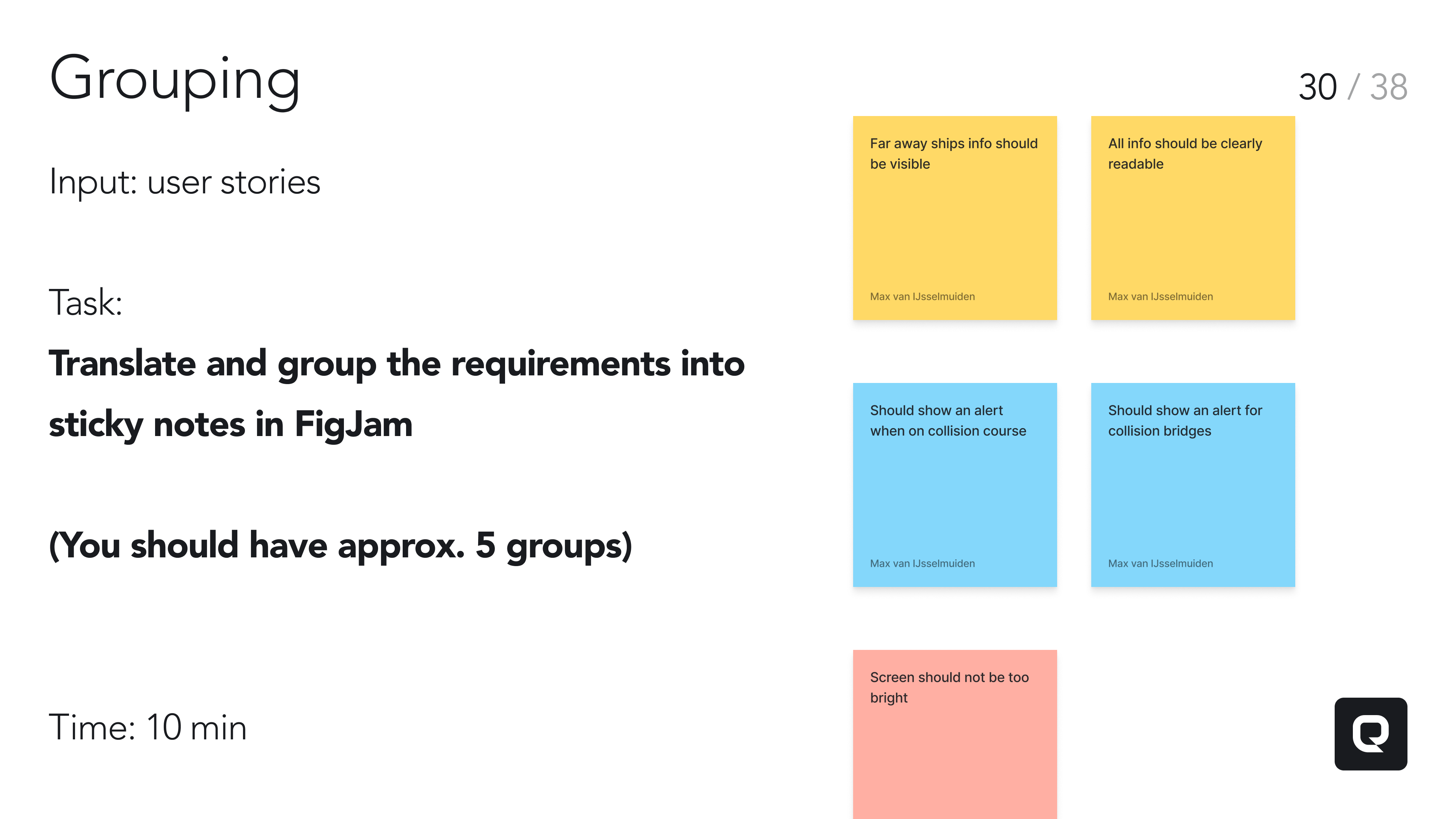
Each horizontal row represents a group (e.g. constraints with similarities).
Sorting (10 minutes)
Using dot voting, each group member votes on sticky note groups to determine priorities. Multiple votes per subject allowed, with 10 votes per member.

Dot Voting could be done with the ‘vote’ feature in FigJam.
Filtering (5 minutes)
Teams determine a cut-off point—where will we focus today? A horizontal line in FigJam creates clear prioritization.
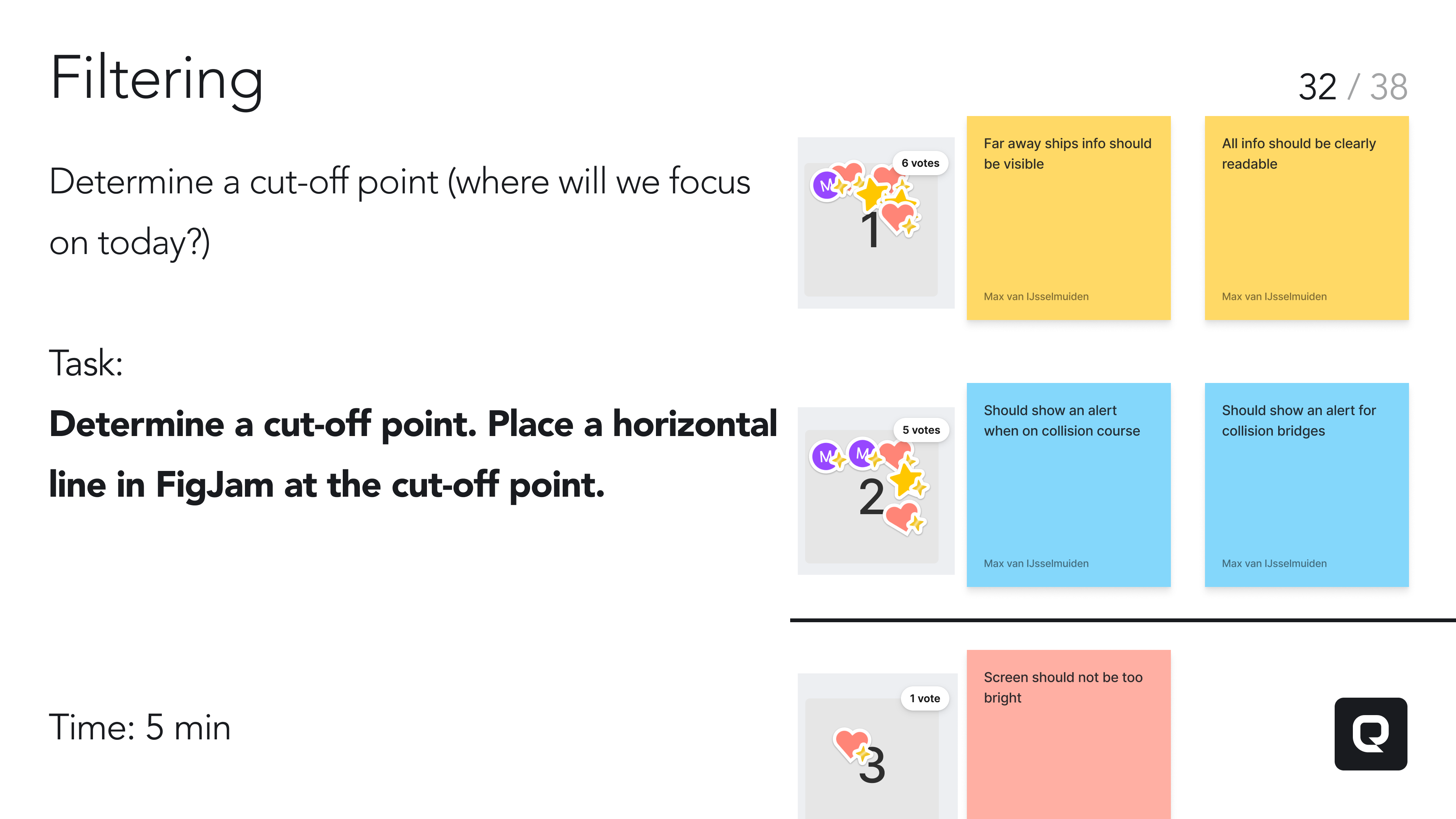
The easiest step of the workshop, though not irrelevant.
Sketching (8 minutes)
The Crazy8 method: divide an A3 into 8 blocks, select one requirement group for the team to solve, set FigJam timer for 8 minutes, each group member sketches an idea in each block.
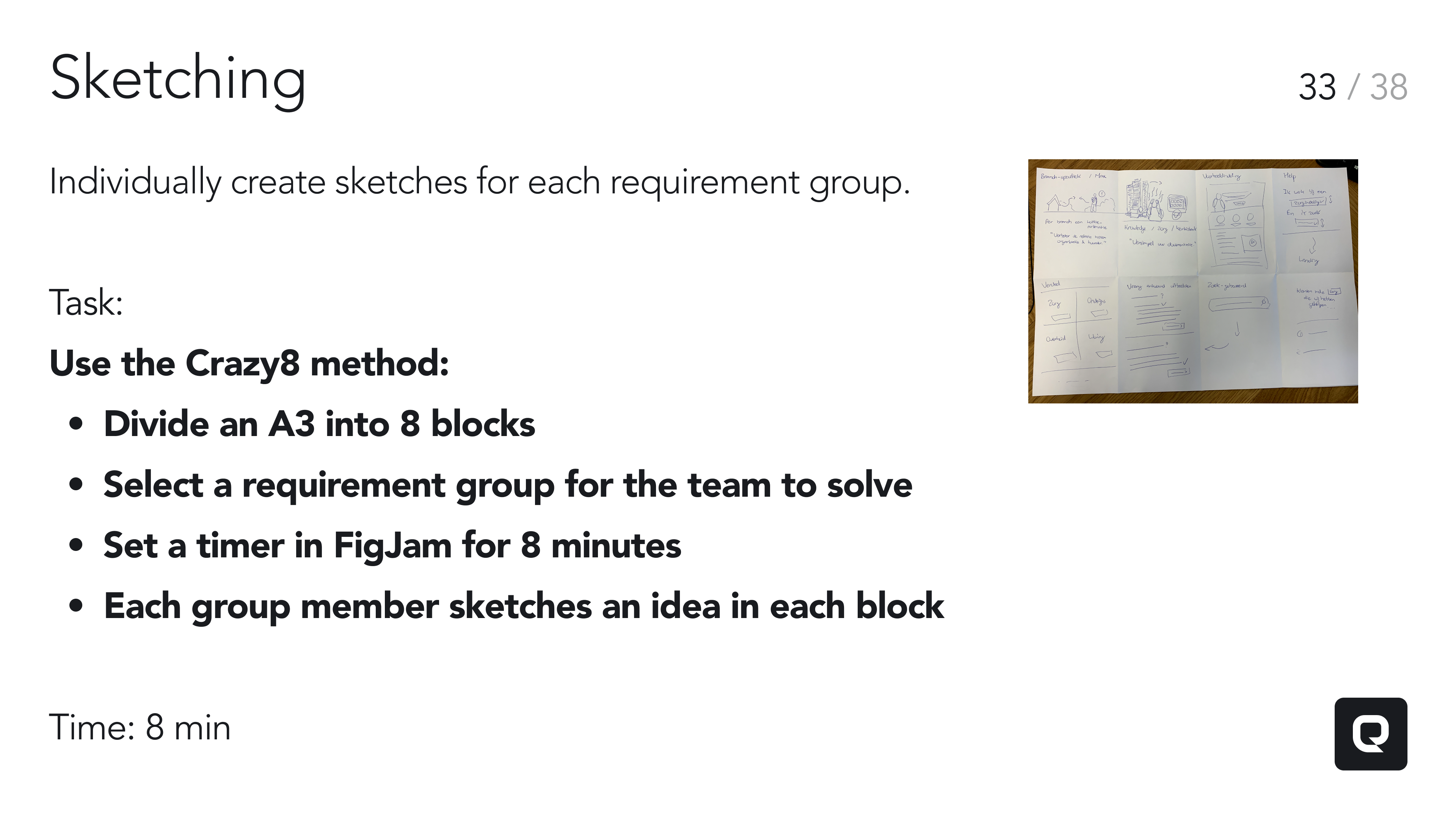
Sketching under pressure can force ideation.
Presentation (5 minutes)
Each group member presents sketches to the rest of the group while the group leader photographs each A3 and uploads to FigJam.
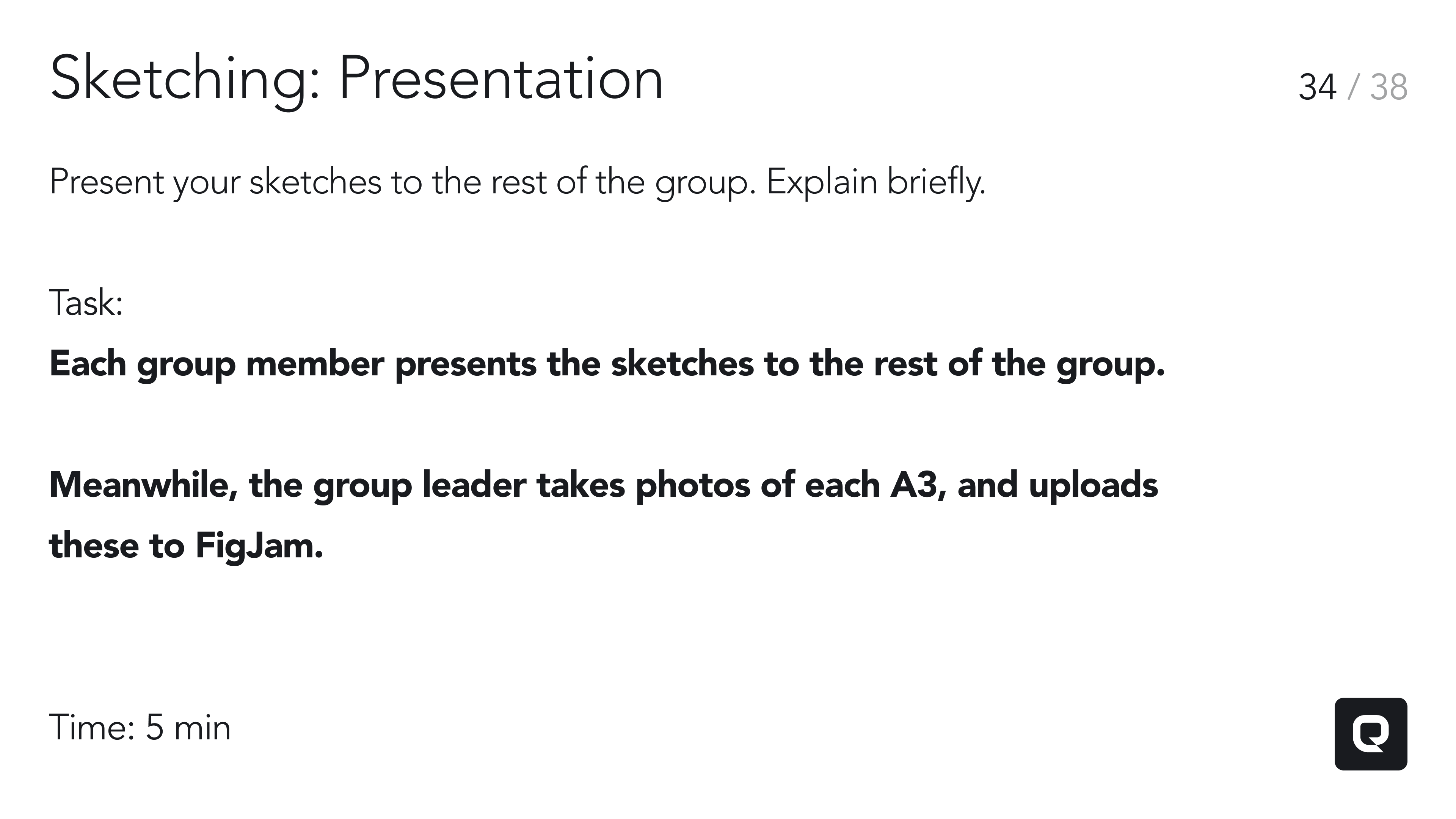
As a neutral observer, this was the most fun step for me.
Evaluation (5 minutes)
Using dot voting again; vote on the best sketches with 2 votes per A3 minimum. Afterward, summarize the best ideas in a sticky note.
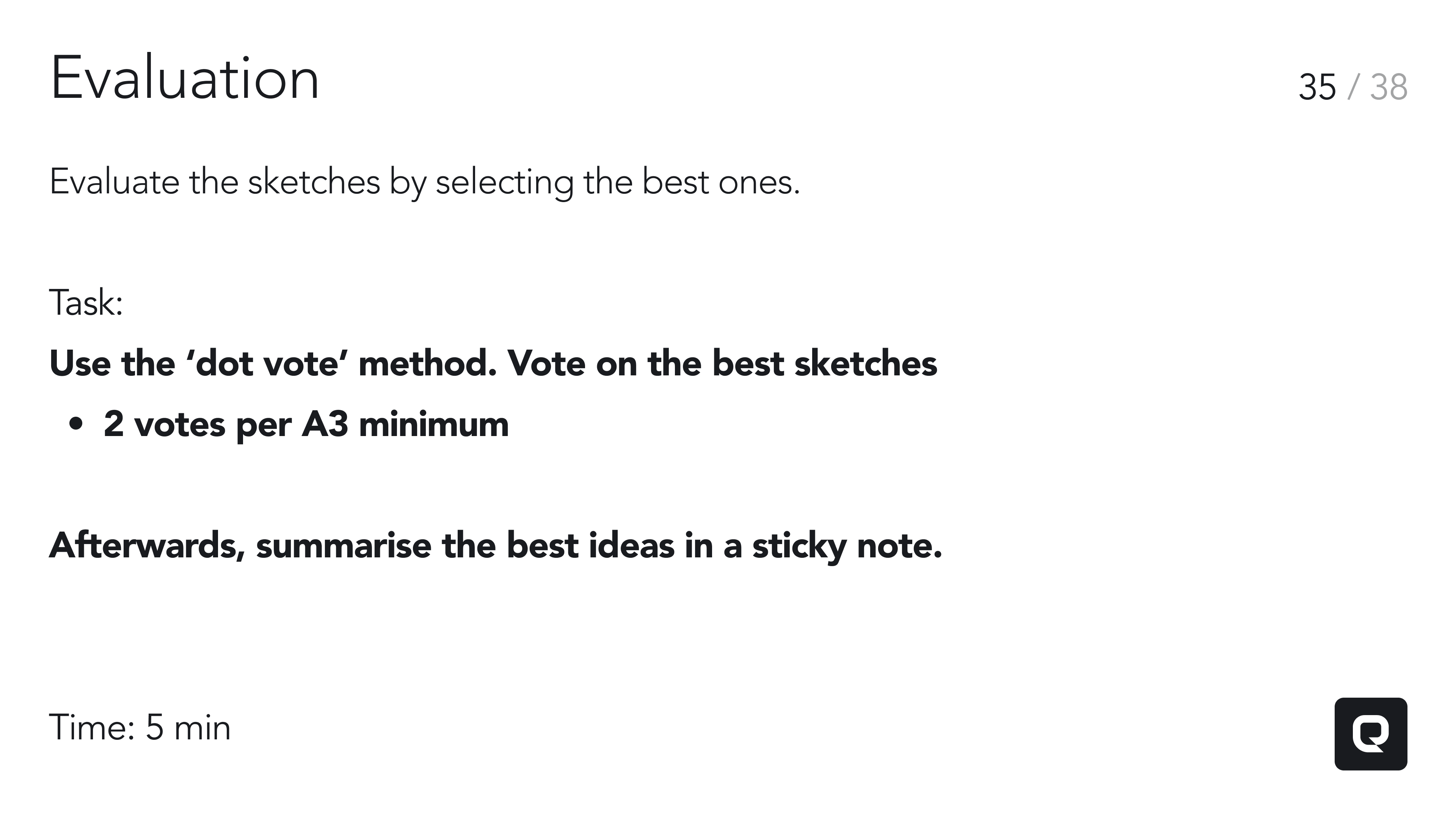
Applying my favorite ‘dot voting’ once more.
The process repeats for multiple user stories, with each cycle taking about 30 minutes total.
Evolution through iteration
Early versions of the workshop had significant friction points. Technical setup became the biggest barrier: getting FigJam prepared, inviting everyone, assuming technical knowledge that was second nature to me but foreign to students.
We optimized by printing detailed step-by-step sheets for each phase. Students don't always listen during initial explanations, but having physical reference materials let them work independently while we facilitated across multiple groups.
The combination of digital collaboration (FigJam) and physical sketching (pencil on paper) proved ideal. Digital tools handled organization and voting, while analog sketching removed technical barriers during the creative phase.
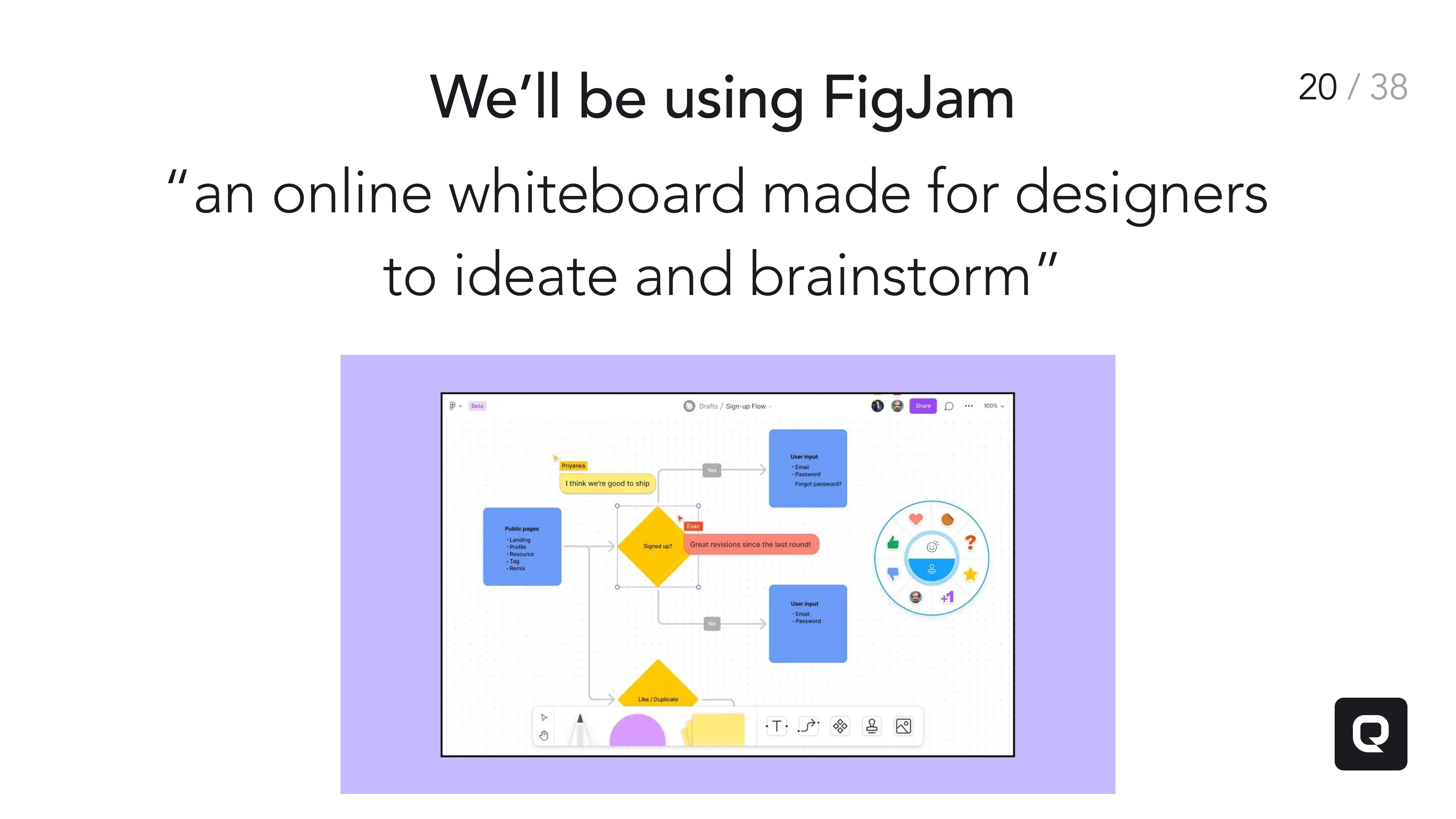
Possibly the best tool for the job.
Impact and adoption
The transformation was immediate and visible. Professors were amazed by the creativity the process sparked—students who'd been stuck suddenly had tangible ideas to discuss and develop. The time pressure and structured approach forced quick decisions and prevented overthinking.
The workshop became embedded in regular curriculum. Professors requested it for additional courses, and students applied the method throughout other classes. The process successfully bridged academic theory with business practice—increasingly important as most students move into industry rather than academic roles.
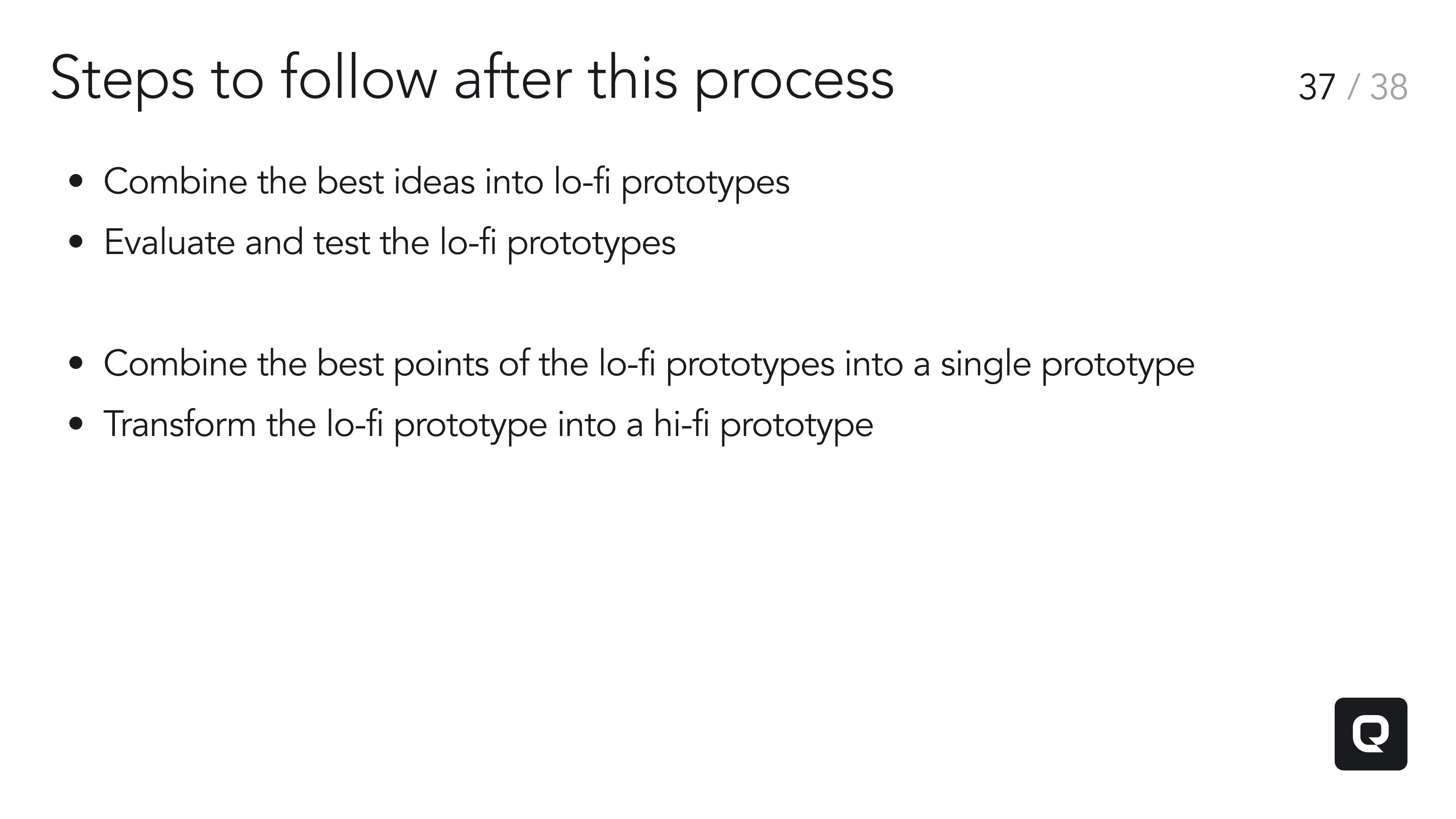
Advice on follow-up actions after the workshop.
Strategic outcomes
For Embrace, the workshops achieved their talent acquisition goals. Over two years, approximately 5 students converted to meaningful connections. The design principles quartet game we distributed featuring my contact details and a QR code to our talent newsletter created lasting brand connections with emerging talent.
Personally, I discovered genuine enjoyment in teaching and facilitating. The university environment felt natural, and explaining professional design processes to talented students became one of my most fulfilling activities.
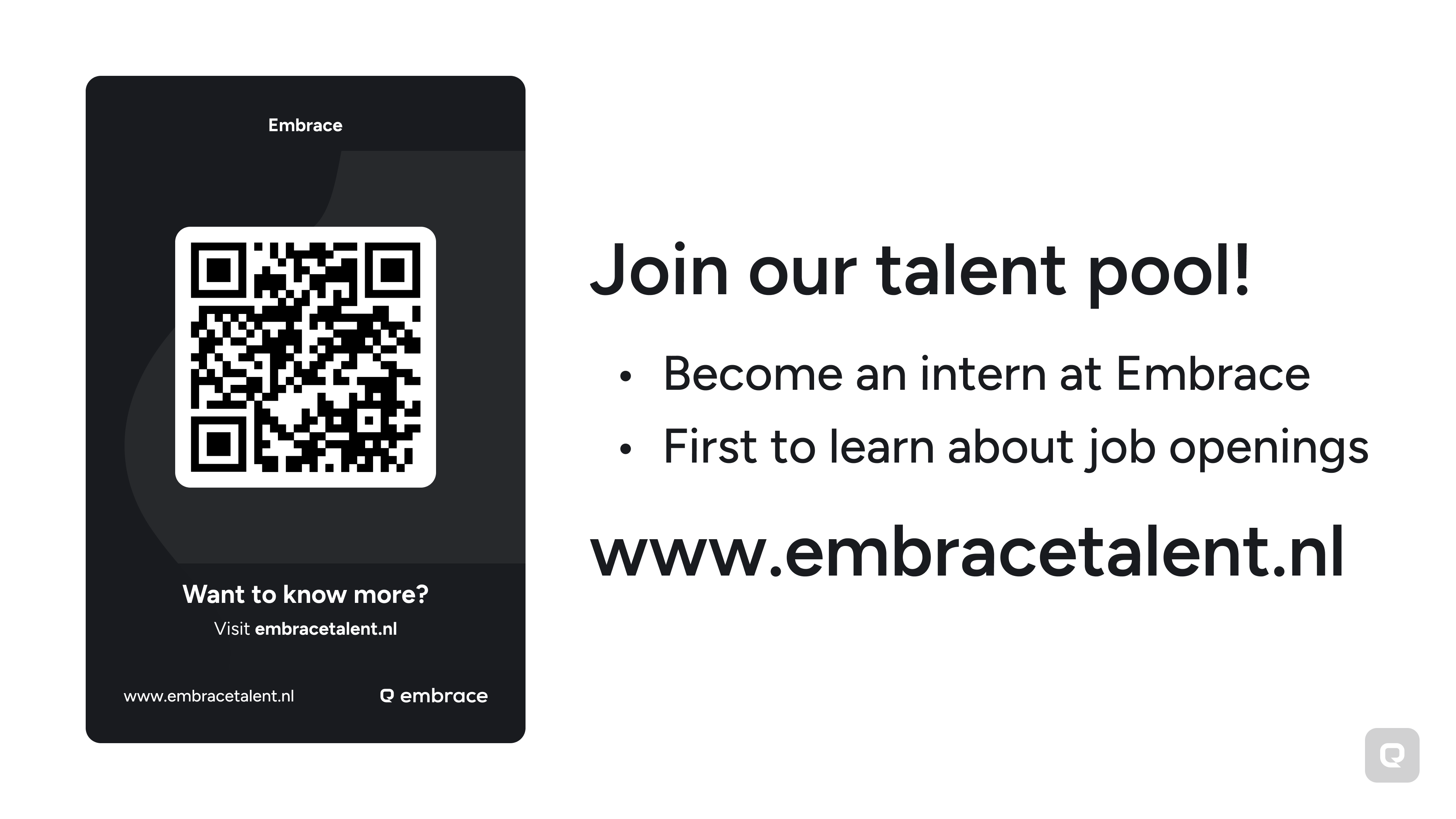
The talent pool was (temporarily) a Notion webpage with an ActiveCampaign form.
Lessons learned
The workshop proved that professional design processes translate well to academic settings when properly adapted for constraints. Students hunger for practical, real-world approaches that complement their theoretical foundation.
The key insight: don't dilute the professional methodology, adapt it. Keep the rigor and structure that make these processes effective in business, but compress timelines and reduce resource requirements.
Time pressure, rather than being a limitation, became a feature. The urgency forced students into creative action. Sometimes constraints enable better outcomes than unlimited freedom.
I always tried to tell my view on design to the talented students: there’s no ‘fit’s all’ solution. Find what works best for you. Creativity in design is all about being bold.
Every workshop that I gave I very much enjoyed doing so. There’s something special about enthusing people for something you’re passionate about.
I can see myself doing more in the education field in the future.
There’s something special about enthusing people for something you’re passionate about.
Did you like this post?
Want to stay tuned?
Ideation workshop: Bridging theory and practice
Case study by
Max van IJsselmuiden

Role
Workshop facilitator
Challenge
Bridge the gap between academic design theory and practical application while connecting emerging talent to Embrace
Impact
Became regular curriculum component across multiple courses, sparked student creativity, generated meaningful talent connections
Period
2023 - 2025
At Embrace - The Human Cloud, my growth focus had shifted toward the 'human' side of design. Having supervised internships and genuinely enjoyed that mentoring aspect, we identified an opportunity to formalize this interest. We could connect with emerging talent, attracting junior designers, engineers, and product developers.

Through my University of Groningen background, I connected with PhD M.B. Schippers (Coordinator external relations for Artificial Intelligence and Computational Cognitive Science) to discuss supporting her courses. This led to workshop opportunities across multiple programs: Cognitive Ergonomics Practical, User-Centred Design, and Information Science at Groningen.

The blue highlighted sections are the steps the workshop focuses on.
From problem to solution
The idea for an ideation workshop emerged from observing a consistent pattern: students had all the theoretical knowledge and research inputs but couldn't bridge the gap to actual design execution.

Reference to the ‘Sprint’ method from Jake Knapp.
We drew inspiration from Google Ventures' well-known Sprint methodology, detailed in Jake Knapp's book "Sprint: How to Solve Big Problems and Test New Ideas in Just Five Days." The Sprint process breaks down complex design challenges into systematic phases: mapping the problem, sketching solutions, deciding on direction, prototyping concepts, and testing with users. This framework had proven transformative for countless startups and established companies.
However, the traditional Sprint framework assumes resources most students don't have: five full days, dedicated teams, complete project ownership, and substantial budgets. We realized we could extract the most valuable phases and compress them into a format that worked for academic timelines and group dynamics.

Moving from input to a first prototype.
The fundamental problem
Students consistently struggled with the same challenge: how do you move from information and constraints to actual design? They had requirements, stakeholder interviews, user research—but didn't know how to start designing. The gap between theory and practice was paralyzing them.
Most existing design frameworks assume unlimited time and resources. The traditional Sprint methodology doesn't account for real-world constraints students and designers can face: limited time, small teams, tight budgets.
The mini design sprint
We adapted the Sprint book's methodology to fit academic realities. Where the original process takes five days (map, sketch, decide, prototype, test), our workshop compressed the critical first three phases (map, sketch, decide) into 2-3 hours.

In the ‘real world’ constraints are always very much present.

Differences between the design sprint and the adjusted process for the workshop.
The systematic process
Working with 10-40 students divided into small groups, we developed a repeatable methodology:
Grouping (10 minutes)
Students translate requirements into sticky notes in FigJam, organizing them into approximately 5 thematic groups. This forces them to process and categorize their raw input.

Each horizontal row represents a group (e.g. constraints with similarities).
Sorting (10 minutes)
Using dot voting, each group member votes on sticky note groups to determine priorities. Multiple votes per subject allowed, with 10 votes per member.

Dot Voting could be done with the ‘vote’ feature in FigJam.
Filtering (5 minutes)
Teams determine a cut-off point—where will we focus today? A horizontal line in FigJam creates clear prioritization.

The easiest step of the workshop, though not irrelevant.
Sketching (8 minutes)
The Crazy8 method: divide an A3 into 8 blocks, select one requirement group for the team to solve, set FigJam timer for 8 minutes, each group member sketches an idea in each block.

Sketching under pressure can force ideation.
Presentation (5 minutes)
Each group member presents sketches to the rest of the group while the group leader photographs each A3 and uploads to FigJam.

As a neutral observer, this was the most fun step for me.
Evaluation (5 minutes)
Using dot voting again; vote on the best sketches with 2 votes per A3 minimum. Afterward, summarize the best ideas in a sticky note.

Applying my favorite ‘dot voting’ once more.
The process repeats for multiple user stories, with each cycle taking about 30 minutes total.
Evolution through iteration
Early versions of the workshop had significant friction points. Technical setup became the biggest barrier: getting FigJam prepared, inviting everyone, assuming technical knowledge that was second nature to me but foreign to students.
We optimized by printing detailed step-by-step sheets for each phase. Students don't always listen during initial explanations, but having physical reference materials let them work independently while we facilitated across multiple groups.
The combination of digital collaboration (FigJam) and physical sketching (pencil on paper) proved ideal. Digital tools handled organization and voting, while analog sketching removed technical barriers during the creative phase.

Possibly the best tool for the job.
Impact and adoption
The transformation was immediate and visible. Professors were amazed by the creativity the process sparked—students who'd been stuck suddenly had tangible ideas to discuss and develop. The time pressure and structured approach forced quick decisions and prevented overthinking.
The workshop became embedded in regular curriculum. Professors requested it for additional courses, and students applied the method throughout other classes. The process successfully bridged academic theory with business practice—increasingly important as most students move into industry rather than academic roles.

Advice on follow-up actions after the workshop.
Strategic outcomes
For Embrace, the workshops achieved their talent acquisition goals. Over two years, approximately 5 students converted to meaningful connections. The design principles quartet game we distributed featuring my contact details and a QR code to our talent newsletter created lasting brand connections with emerging talent.
Personally, I discovered genuine enjoyment in teaching and facilitating. The university environment felt natural, and explaining professional design processes to talented students became one of my most fulfilling activities.

The talent pool was (temporarily) a Notion webpage with an ActiveCampaign form.
Lessons learned
The workshop proved that professional design processes translate well to academic settings when properly adapted for constraints. Students hunger for practical, real-world approaches that complement their theoretical foundation.
The key insight: don't dilute the professional methodology, adapt it. Keep the rigor and structure that make these processes effective in business, but compress timelines and reduce resource requirements.
Time pressure, rather than being a limitation, became a feature. The urgency forced students into creative action. Sometimes constraints enable better outcomes than unlimited freedom.
I always tried to tell my view on design to the talented students: there’s no ‘fit’s all’ solution. Find what works best for you. Creativity in design is all about being bold.
Every workshop that I gave I very much enjoyed doing so. There’s something special about enthusing people for something you’re passionate about.
I can see myself doing more in the education field in the future.
There’s something special about enthusing people for something you’re passionate about.
Did you like this post?
Want to stay tuned?
